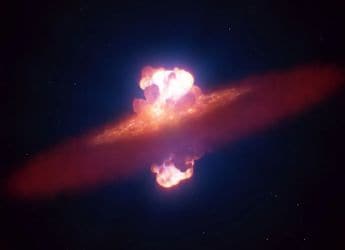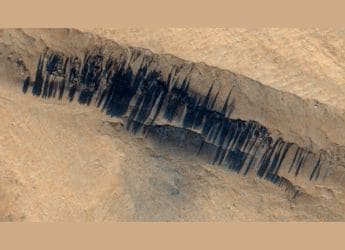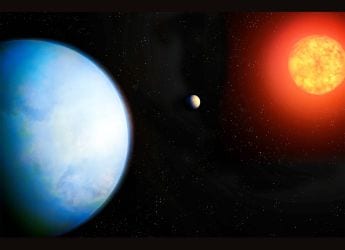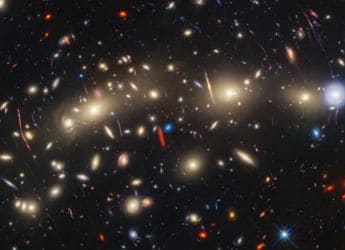- Home
- Tv
- TV Finder
- Compare TV
- Daiwa 39 inch HD Ready TV (D40HDR9LA) vs Realme Smart TV (43 Inch)
Daiwa 39 inch HD Ready TV (D40HDR9LA) vs Realme Smart TV (43-Inch) comparison
|
|

|

|
||
| key specs | ||||
| Display | 39.00-inch | 43.00-inch | ||
| Resolution Standard | HD-Ready | Full-HD | ||
| OS | Android Based | Android | ||
| Smart TV | Yes | Yes | ||
| Screen Type | - | LED | ||
| general | ||||
| Brand | Daiwa | Realme | ||
| Model | 39 inch HD Ready TV (D40HDR9LA) | Smart TV (43-Inch) | ||
| Release date | February 21, 2022 | May 25, 2020 | ||
| Model Name | D32SM9 | Realme TV 43 | ||
| Display Size | 39 inch | 43 inch | ||
| Resolution (pixels) | 1366x768 | 1920x1080 | ||
| Resolution Standard | HD-Ready | Full-HD | ||
| Smart TV | Yes | Yes | ||
| Launch Year | 2022 | 2020 | ||
| Screen Type | - | LED | ||
| Series | - | Realme Smart TV | ||
| smart tv features | ||||
| Number of Cores | quad-core | quad-core | ||
| RAM | 1GB | 1GB | ||
| Storage Capacity | 8GB | 8GB | ||
| Supported App - Youtube | Yes | Yes | ||
| Supported App - Netflix | Yes | Yes | ||
| Supported App - Hotstar | Yes | Yes | ||
| Supported App - Amazon Prime Video | Yes | - | ||
| Operating System Present | CloudTV | - | ||
| Operating System | Android Based | Android | ||
| Processor | - | MediaTek MSD6683 | ||
| Graphic Processor | - | Mali MP4 | ||
| connectivity features | ||||
| No of HDMI Port | 2 | 3 | ||
| No of USB Port | 2 | 2 | ||
| Wi-Fi Supported | Yes | - | ||
| Built In Wi-Fi | - | Yes | ||
| remote control features | ||||
| Smart Remote | Yes | Yes | ||
| Voice Remote | Yes | - | ||
| audio features | ||||
| Speaker Output RMS | 20W | 24W | ||
| Number of Speakers | - | 4 | ||
| ratings | ||||
| Overall NDTV Rating | - | Read Review | ||
| Design Rating | - | |||
| Performance Rating | - | |||
| Value for Money Rating | - | |||
| Software Rating | - | |||
| Features Rating | - | |||
| video features | ||||
| Brightness | - | 400 nits | ||
| Refresh Rate (Hz) | - | 60 | ||
Popular TV Brands
- Aisen
- Akai
- AOC
- Belco
- Blackox
- Blaupunkt
- BPL
- Candes
- CloudWalker
- Croma
- Daiwa
- Elogy
- Haier
- Hisense
- Hitachi
- Huawei
- Hyundai
- I Grasp
- iFFalcon
- Intex
- JVC
- Kevin
- Kodak
- Koryo
- LG
- Lloyd
- Maser
- Mi
- Micromax
- Mitashi
- Motorola
- Nacson
- Noble
- Nokia
- NU
- OG Heavy Duty
- OnePlus
- Onida
- Panasonic
- Philips
- Polaroid
- Redmi
- Samsung
- Sansui
- Sanyo
- Sharp
- Shinco
- Sony
- SVL
- TCL
- Thomson
- Toshiba
- Truvison
- Videocon
- Vu
- Weston
- Wybor
- Xiaomi
Advertisement
- TV Price List
- LG TV Price
- MI TV Price
- Samsung TV Price
- Sony TV Price
- Philips TV Price
© Copyright Red Pixels Ventures Limited 2025. All rights reserved.













